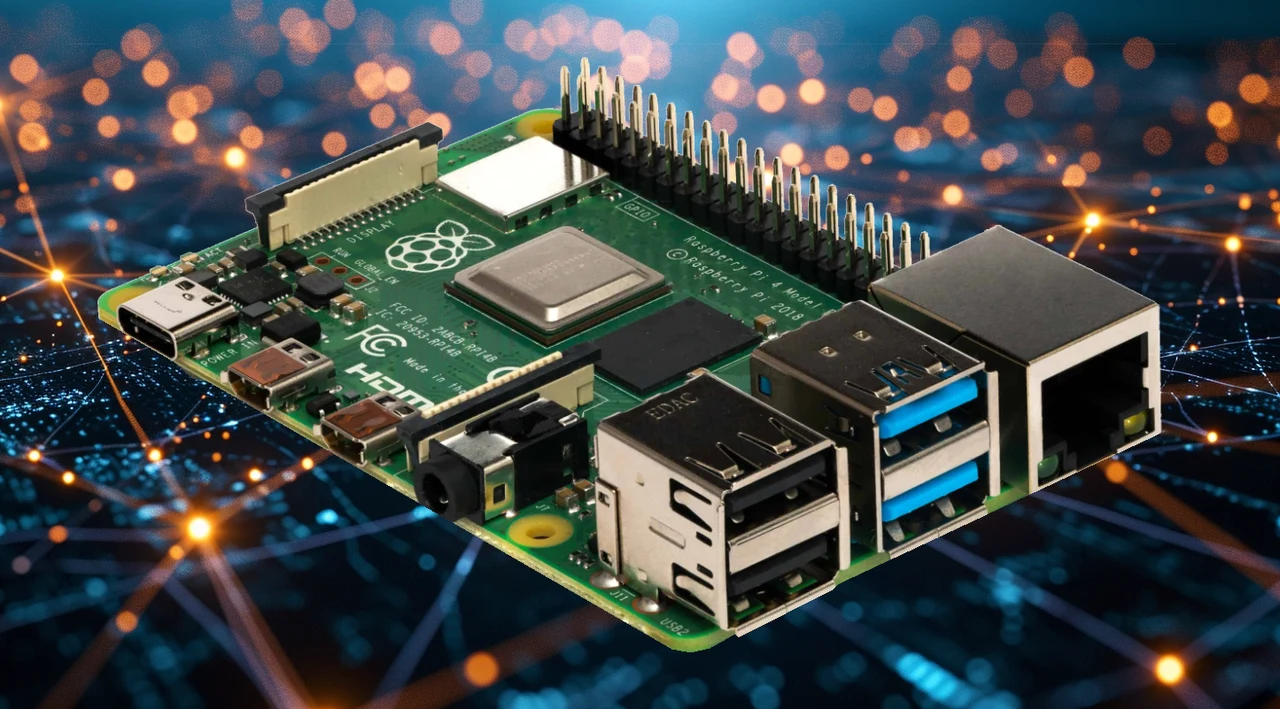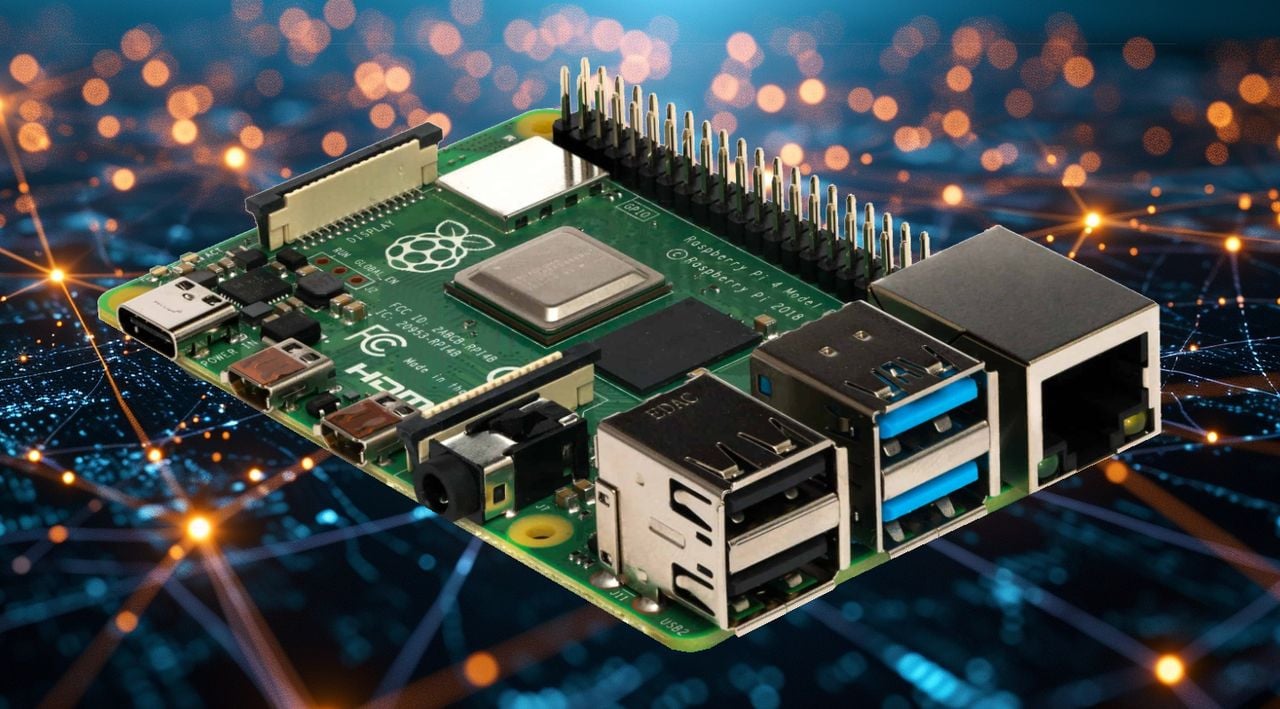
Imagine transforming your Raspberry Pi into a smart conversational partner. If you have tried previously to run AI models on your Raspberry Pi been disappointed with the speeds of its responses. You will be pleased to know that there is a faster way, by installing a small language model, which can turn your mini PC into a miniaturized AI chatbot. In this article, we’ll walk you through the process of setting up the Tiny LLaMA 1.1 billion chat version 1.0 on your Raspberry Pi. This model is tailored to work within the modest power of the Raspberry Pi, making it an ideal choice for those looking to experiment with language processing without needing a supercomputer.
First things first, you’ll want to make sure your Raspberry Pi is fully updated. Having the latest software is crucial for a hassle-free installation. You’ll be cloning a specific version of the llama.cpp repository, which is a necessary step to ensure everything runs smoothly. Compiling this code is a key part of the setup, as it gets your Raspberry Pi ready to handle the language model.
Once your device is prepped, it’s time to download the Tiny LLaMA 1.1 billion chat version 1.0. This model has been trained on diverse datasets and is designed to be efficient. Understanding the model’s training, architecture, and the data it was trained on will help you grasp what it can do and its potential limitations.
Running AI models on the Raspberry Pi
Check out the fantastic tutorial created by Hardware.ai below to learn more about how you can run small language models on a Raspberry Pi without them taking forever to answer your queries. Using TinyLLaMA loaded onto Raspberry Pi using a simple barebones web server for inference.
Here are some other articles you may find of interest on the subject of Raspberry Pi 5 :
The real magic happens when you fine-tune the model’s quantization. This is where you balance the model’s size with how fast it processes information. Quantization simplifies the model’s calculations, making it more suitable for the Raspberry Pi’s limited power.
AI Raspberry Pi
To make sure the model is performing well, you’ll need to benchmark it on your device. You may need to adjust how many threads the model uses to get the best performance. While attempts to speed up the process with OpenBLAS and GPU support have had mixed results, they’re still options to consider. Initial experiments with lookup decoding aimed to speed up the model, but it didn’t quite hit the mark. Trying out different quantization methods can shed light on how they affect both the speed and the quality of the model’s output.
After you’ve optimized the model’s performance, you can set up a simple web server to interact with it. This opens up possibilities like creating a home automation assistant or adding speech processing to robotics projects.
But don’t stop there. The Raspberry Pi community is rich with tutorials and guides to expand your knowledge. Keep learning and experimenting to discover all the exciting projects your Raspberry Pi and language models can accomplish together, such as building a DIY arcade joystick or creating a wearable augmented reality display.
Filed Under: Guides, Top News
Latest timeswonderful Deals
Disclosure: Some of our articles include affiliate links. If you buy something through one of these links, timeswonderful may earn an affiliate commission. Learn about our Disclosure Policy.

